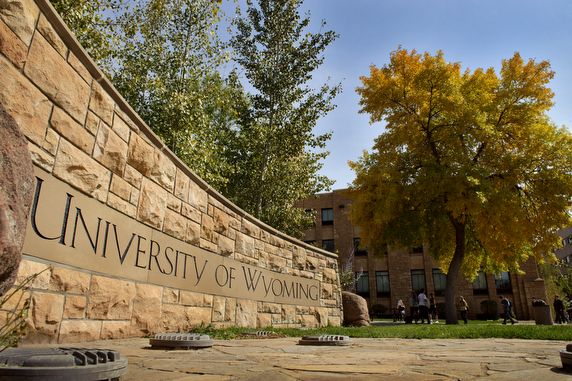Company wants to bring hail mitigation techniques to Cheyenne
CHEYENNE (WNE) — A North Dakota company wants to bring its cloud-seeding technology to Cheyenne in an effort to mitigate hail damage from storms.
According to Cheyenne Mayor Marian Orr, Fargo-based Weather Modification Inc. seeks to base aircraft and storm teams at Cheyenne Regional Airport, starting with the 2020 spring storm season. The company hopes to use seeding techniques to decrease the size of hailstones in order to reduce damage to crops and property.
The company currently conducts cloud-seeding operations over the Snowy Range for the city’s Board of Public Utilities to order to increase snowpack.
A representative from Weather Modification was not immediately available for comment Friday. But according to the company’s website, cloud seeding, also known as weather modification, is the use of seeding crystals that enhance a cloud’s ability to produce precipitation.
In this case, crews would use aerial glaciogenic seeding techniques to induce excess supercooled liquid water that could potentially become hail to freeze into larger numbers of small particles, rather than much smaller numbers of large particles.
“It damages crops out in the county,” Orr said. “Even in the city, we have significant damage with our police cars and fleet – and everyone’s roofs.”
Orr said a team from Weather Modification, as well as representatives from Calgary, Alberta, Canada, where the company conducts hail mitigation activities, are scheduled to make a presentation in Cheyenne during the first week of April.
The program would cost around $1.6 million a season, but Orr said plans do not call for the city to bear the cost alone.
———
Regulatory changes raise questions about sage grouse
SHERIDAN — A federal agency finalized a long-debated set of revisions regarding sage grouse management last week, sparking concerns about the changes interfering with Wyoming’s conservation efforts.
The U.S. Department of the Interior announced revisions to federal sage grouse management plans that created more exemptions for development on lands crucial to the sage grouse’s habitat and eliminated some of the obligations developers would have to those environments.
Wyoming is home to the largest sage grouse population in the world, but the population of the iconic species has dwindled in recent years, which has led to a robust conservation campaign.
Wyoming Game and Fish’s Sheridan Region Wildlife Management Coordinator Dan Thiele, who is a member of the Northeast Wyoming Sage Grouse Working Group, said sage grouse management plans stem primarily from a 2015 executive order, signed by former Governor Dave Freudenthal, that called for the state to balance energy development with sage grouse conservation efforts to prevent the grouse from becoming listed as an endangered species.
Thiele said that order facilitated cooperation between a diverse range of interests — from conservationists to oil and gas developers — on sage grouse management.
Opinion is split over whether the latest federal revisions to sage grouse management will upset that compromise.
In a statement published by the Bureau of Land Management last week, Gov. Mark Gordon said the changes to the sage grouse management plan were modest and respected the state’s authority to oversee management of the species.
Some conservationists, however, insist that the latest federal revisions pose a threat to Wyoming’s sage grouse. Bighorn Audubon Society President Jackie Canterbury said the changes will make swaths of land crucial to sage grouse vulnerable.
———





